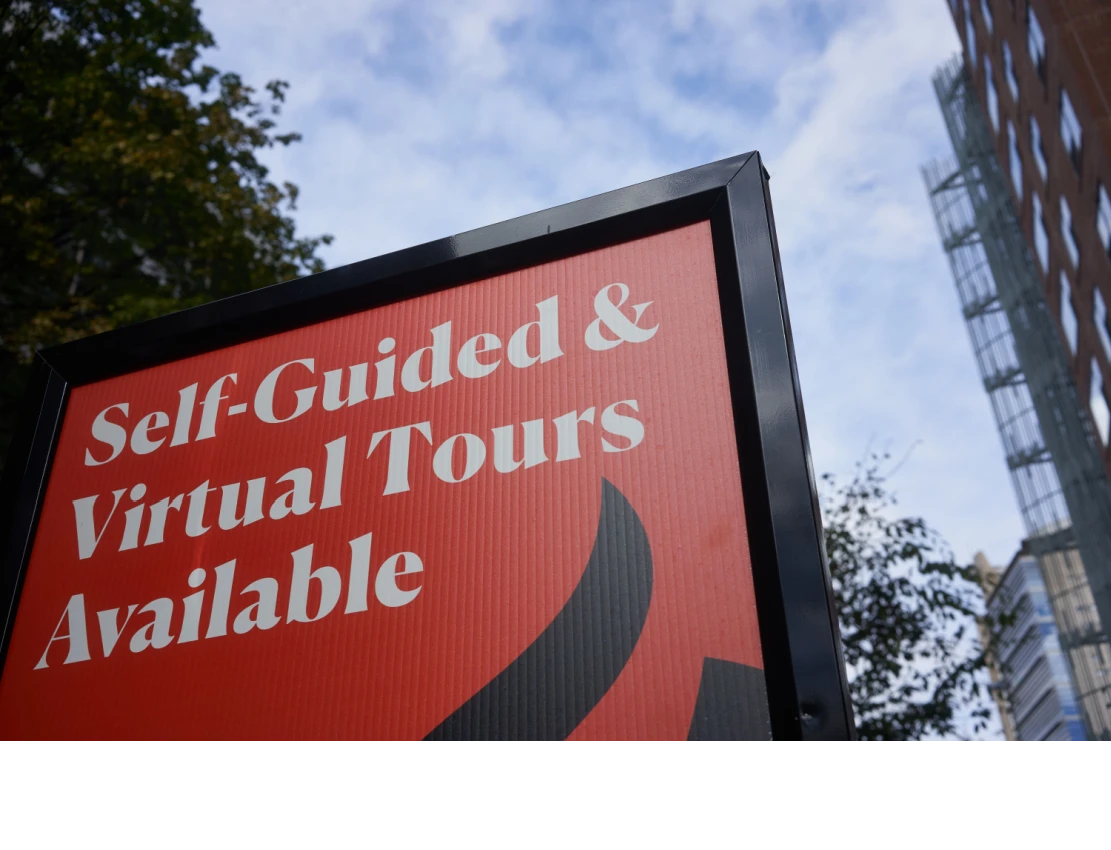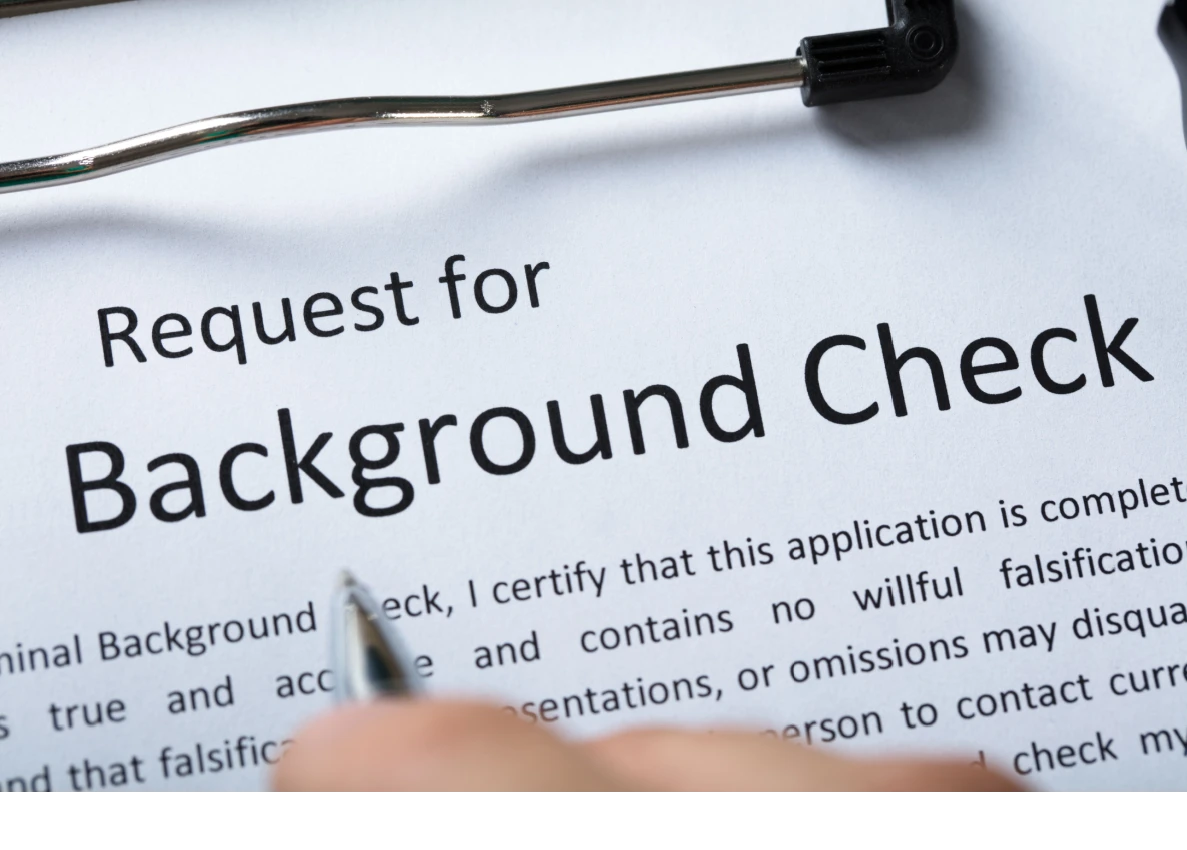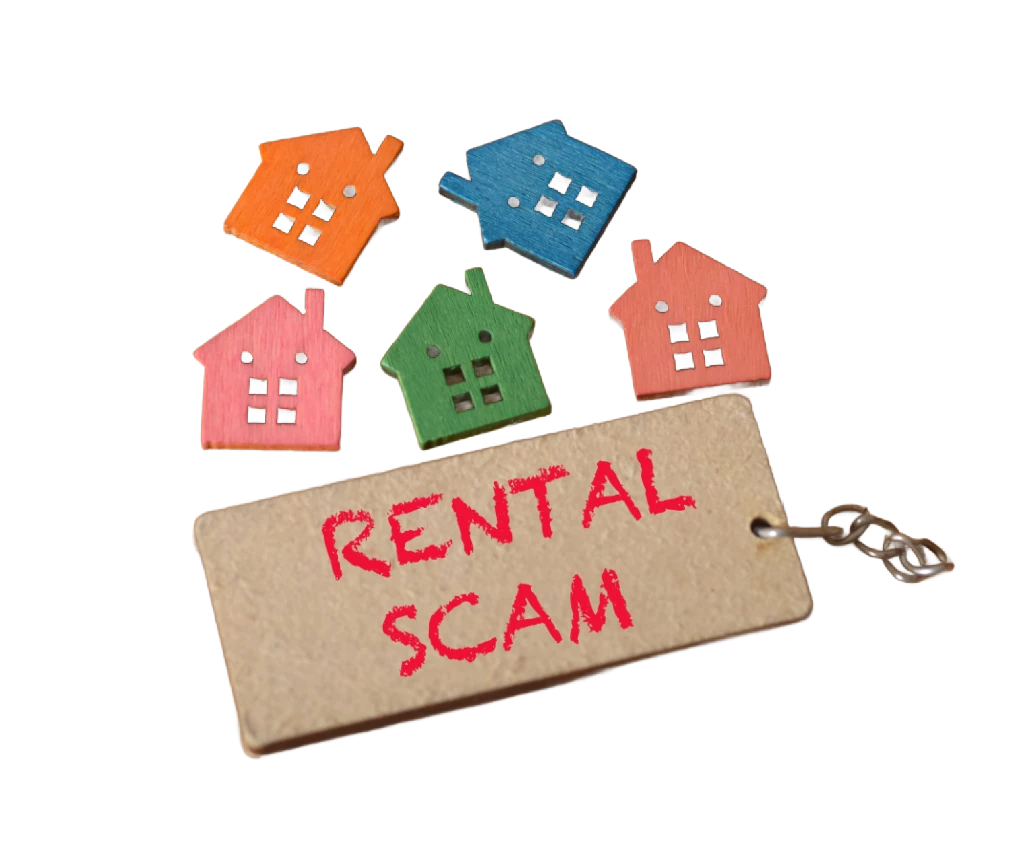The game is adapting business practices to maintain margins

5 Ways Property Managers Can Maintain Margins
As the rental market begins to normalize and return to pre-pandemic levels, here is how property managers can maintain margins.
After years of markets that were unusually favorable to landlords and property managers, we’re shifting into more of a tenants’ market: Time on market is trending up, leads per rental are down, and concessions are increasing.
But we’re not seeing a truly “soft” market by historical standards. Think of this as more of a return to pre-pandemic norms. For property managers, the name of the game is adapting business practices to maintain margins.
This piece will highlight five ways to do that, based on the specific changes we’re seeing in our user data.
1. Set Your Asking Price Right the First Time
First, the good news: Average rents continue to climb. As of April, median rents nationwide were as high as they’ve ever been (right around $1,650). Lower-priced units (between $500 and $999) are decreasing as a share of total available units, and units above $1,500 are leasing faster than lower-priced units did in previous quarters.
The most likely reason: constrained supply. Housing supply still hasn’t recovered from the 2008 downturn, and the limited number of units on the market is helping keep prices elevated.
Still, this doesn’t mean you can increase unit prices willy-nilly.
In fact, setting an asking price that’s too high will cost you 30 or more days on the market. In our data, we found that units with no price reductions stayed on the market around 31 days, while those with at least one price reduction took closer to 68 days to rent.
Pricing is as much an art as a science. If you’ve had to reduce rents to lease units lately, it may be time to review your strategy.
2. Include These 6 Elements in Listings
Another sign of the softening market: leads per listing are near historic lows. In 2022, we were seeing about 30; today, it’s closer to 22.
Boost efficiency by making your listings stand out from the noise. Our data shows an advantage (i.e., fewer days to rent) for listings that have the following:
-
A descriptive title. No title costs one to two days.
-
A property description (400+ words). Longer descriptions offer some advantage. If you struggle to get words out, use tools like ChatGPT. You can upload a few photos and ask it to generate a description.
-
Listing details (two to 10). Include differentiators (stainless steel appliances, a pool, hardwood floors, etc.) rather than expectations.
-
Clear policies for pets, security deposits, and the application process. Tenants can now afford to skip listings with unclear or confusing policies – and they do! We’re now seeing penalties for unclear or missing policies about pets (one day), security deposits (three to four days), and the application process itself.
-
High-quality photos with watermarks. The number doesn’t affect time to lease, but high-quality photos are a must. Watermarks don’t affect the number of days on market, but “aggressively” watermarking your photos (so they can’t easily be copied) reduces fraud by 40 percent.
-
Video or 3D tours. Only about eight percent of units offer this right now, which means we don’t have enough data to assess the impact on time on market. However, for higher-end units, video and 3D tours can clarify what you’re offering.
Free Rental Application
Get 20 Rental Forms for FREE, including a rental application.
3. Let Prospects Self-Schedule Showings
The more you can do to maintain your prospects’ flow while they’re apartment hunting, the better your results will be. One option available to you is using tech that lets prospects self-schedule showings.
Instead of asking an interested prospect to click over to their email, compose a message asking for a showing, wait for a response from your team, and then schedule a showing when the property in question is no longer top of mind, let them click a few buttons on the listing itself to set up a showing.
This will mirror the experience prospects are having on other online channels (Google, social media, AI chatbots), where the trend is increasingly to stay on one platform rather than “surf” from site to site via links (search “zero-click marketing” if the concept is new to you.).
When you set up self-scheduling, always offer near-term availability:
- 65 percent of showings booked less than a day out actually do happen.
- Only 11 percent of showings booked more than two weeks out happen.
This is a simple way to weave automation into your leasing workflow that significantly eases the admin burden for your team. That’s a big win for efficiency.
4. Automate Everything You Can on the Admin Side
Not only are we seeing fewer leads per listing, listings are staying on the market longer (41 days on average, up from about 36 this time last year).
The easiest way to reduce unnecessary drag time: automate everything you can.
I mentioned self-scheduling, but today’s leasing automation software makes it possible to automate much more, including…
- Showing reminder messages (via email and text) to reduce no-shows.
- Post-tour summary messages with next steps.
- Real-time lead response (via answering service, chatbot, etc.).
If you’re not yet using purpose-built software to automate workflows, now’s the time to consider it. The more you automate, the less administrative work your team has to do. This helps you keep headcount low without sacrificing the quality of your service. In some cases, automation will actually augment quality (as with allowing self-scheduling).
5. Embrace Self-Guided Tours
Deep breath. If you’re not yet doing self-guided tours, I know it can feel intimidating. But the data is clear: If you let prospects handle tours themselves, you’ll book 20 percent more showings.
The logistics are fairly straightforward. You need a smart lock or lockbox connected to software that lets you manage showings. When prospects self-show, they get a dedicated time slot and code that only works during that time.
As with anything, the decision of whether to allow self-showings is largely one of personal risk tolerance: Are you more comfortable with the risks associated with fewer leads or the risks associated with prospects being unattended in your units?
One way to mitigate some risk is to use self-showing in conjunction with pre-screening questions and only make it available to those who qualify.
I personally wouldn’t be comfortable offering self-showings for occupied units. But I love the prospect of having the option available to me because it makes me more adaptable to shifting market conditions.
And the potential upside is significant: One customer of ours that switched to self-showings increased their tour capacity from 40 per week to more than 100. They avoided growing headcount and now have their team focus on improving their “field position,” ensuring that units are secure, trash is removed, and operations run smoothly.
A More Efficient Business Serves You Better in Any Market
Today, we’re talking about how to adjust your business practices to suit the softening market. But adapting to make your business more efficient will serve you in any market.
And while market conditions will ebb and flow over the years, there’s an undeniable trend toward tenants expecting more digitization, more automation, and more real-time communication. Property managers who recognize that and adapt their businesses accordingly will be well-positioned to meet these tenants where they are in the years to come.
Source: Rental Housing Journal















 Accessibility
Accessibility